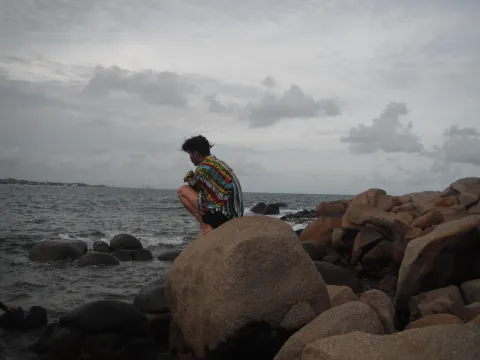Active banners: 0 Visible banners: 0
How to Cope with Climate Anxiety
Provided by: NowThis Earth |Published on: April 27, 2021
Videos
6789101112
Synopsis
- This video outlines five ways to cope with the anxiety around climate change.
- Students learn how to filter climate change information, process their feelings, and make changes in large or small ways.

Subjects: Science, Social Studies, Health
Authors: NowThis Earth
Region: Global
Languages: English
Teaching Materials
Positives
- Engaging visuals accompany this video.
- It could be used to encourage students to talk about their anxieties about climate change.
- This video features Mitch Prinstein, the Chief Science Officer of the American Psychological Association.
Additional Prerequisites
- Students should be familiar with the effects of climate change.
Differentiation
- Students could work in groups to identify common fears about climate change and brainstorm ways to support each other.
- Teachers could use this video to help students unpack their feelings about climate change and encourage them to write in a journal about it, create an art piece about it, or create a song or dance to express their feelings about it.
- Science and civics classes could use this video after learning about climate change or one of the many topics connected to climate change, such as deforestation, biodiveristy loss, the sixth mass extinction, ecosystem declines, toxic air and water pollution, human migrations, and the devastation caused by extreme droughts, fires, heat, storms, or floods.
Scientist Notes
Teaching Tips
Standards
Resource Type and Format
All resources can be used for your educational purposes with proper attribution to the content provider.



